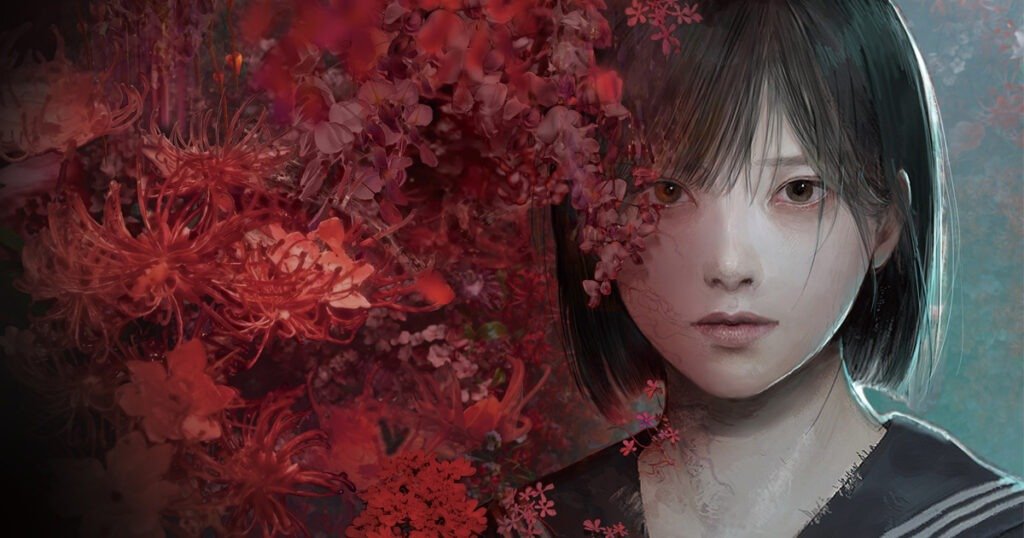Table of Contents
Silent Hill f on PlayStation 5
When Konami first announced Silent Hill f in 2022, it was billed as the bold new direction for the franchise. The haunting red lilies and rural Japanese setting promised something fresh, even if details were scarce. Now, years later, this entry has arrived — and it has split the community wide open.
After two playthroughs, I find myself equally divided. Silent Hill f nails the atmosphere and symbolism, yet undermines itself with clunky combat, restrictive systems, and a story that demands multiple runs before it makes sense.
A Familiar Foggy Town
Ebisugaoka, a Showa-era town shrouded in fog, provides Silent Hill f with its unique setting. Unlike the original American town, this Japanese backdrop brings new cultural anxieties to the forefront. Our protagonist, Hinako Shimizu, wrestles with societal expectations and a strained family relationship, creating fertile ground for psychological unease.
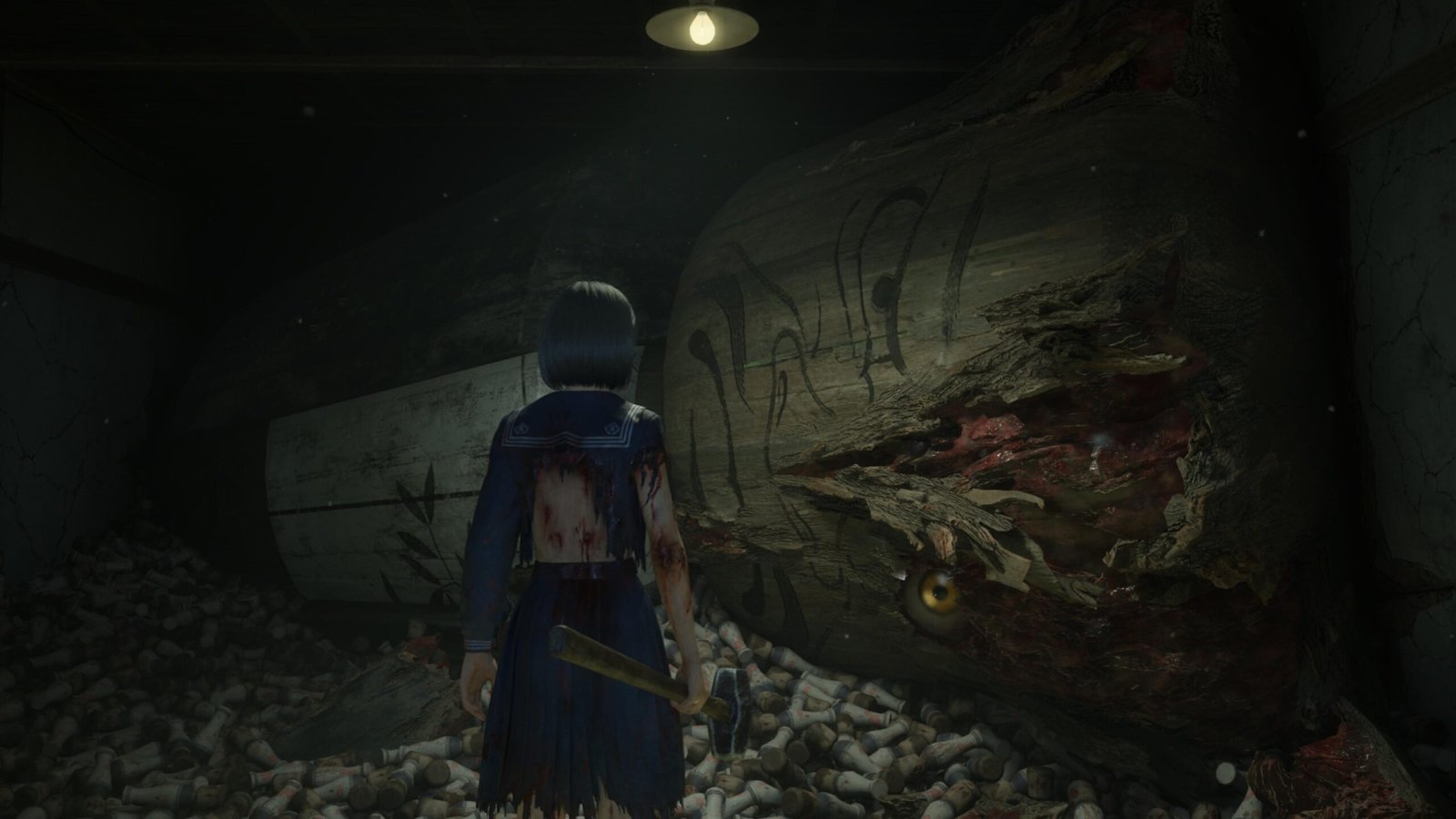
The setting works. Streets lined with red lilies feel oppressive. The quiet conversations with Hinako’s peers echo Silent Hill’s tradition of grounding horror in everyday human struggles. Symbolism is everywhere, from the shrines that dot the town to the subtle ways isolation manifests.
Yet the narrative structure is a sticking point. Instead of the familiar “Otherworld” shifts, the game introduces the Dark Shrine, a nightmarish realm connected to a masked figure known as the Fox Mask. While eerie in concept, the connection between the shrine and the protagonist is underdeveloped. For most of the playthrough, I was more confused than intrigued, and even by the finale, answers remained vague.
Worse, Silent Hill f locks full understanding behind multiple playthroughs. Four of the five endings are inaccessible on a first run, leaving the initial resolution unsatisfying. Replay value should come from curiosity, not obligation — and here, narrative clarity feels deliberately withheld. Earlier titles offered closure with room for interpretation; Silent Hill f instead demands repetition to patch over ambiguity.
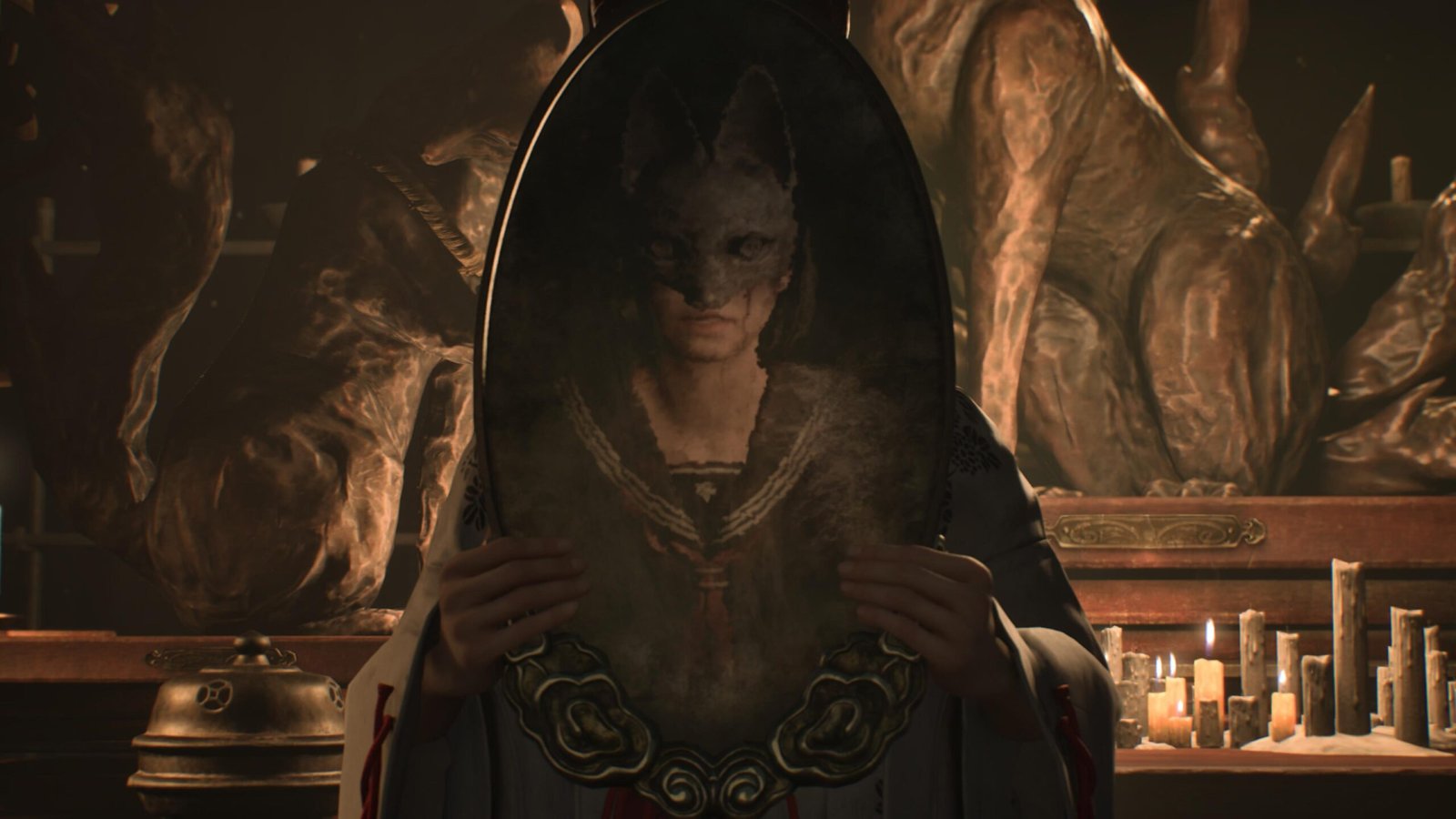
That said, when the symbolism lands, it’s powerful. The sight of Ebisugaoka consumed by fog and flowers is as striking as anything in the series. If only the storytelling matched the imagery, Silent Hill f might have achieved something special.
Breaking Out The Pad And Paper
Where Silent Hill f excels is in its puzzles. As in previous entries, difficulty settings let you tailor the challenge, and on higher modes, some solutions genuinely require pen and paper.
The standout is the Locker Code puzzle: a clever exercise in decoding letters into numbers via scattered journal notes. There’s no brute forcing; it demands attention and rewards persistence. Optional variants even unlock valuable upgrades, adding incentive to explore.
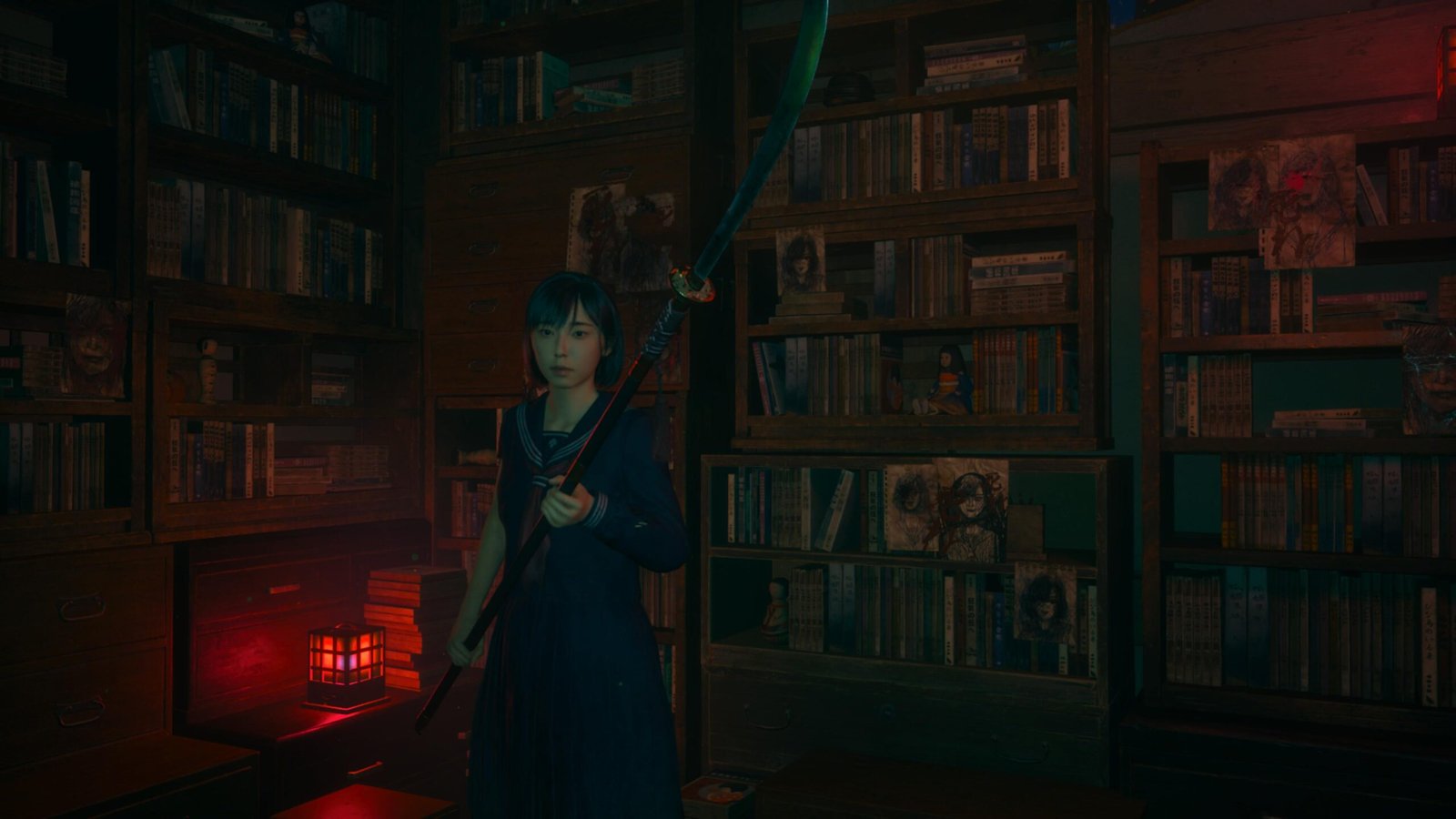
Not every puzzle lands — the fox puzzle near the finale borders on unfair, with clues so obtuse I had to look up the solution. But overall, puzzles injected variety and kept me engaged, especially during my second run.
Compared to the combat, puzzles feel carefully designed and respectful of the player’s time. In fact, they were often the highlight of my sessions, offering satisfying “aha!” moments amidst the frustration elsewhere.
An Unpleasant Homecoming
Combat has always been clunky in Silent Hill, but here it crosses from unsettling to unenjoyable. Hinako wields improvised weapons — pipes, bats, axes — but swings are sluggish and stamina drains too quickly. Enemies move faster, attack in groups, and often ambush from blind spots, turning encounters into frustrating wars of attrition.
The stamina meter doubles down on this frustration. Every dodge or swing consumes it, meaning a mistimed evasion can leave you helpless. Instead of heightening tension, the system makes combat feel punishing in the wrong ways.

The bigger issue is the lack of reward. Unlike earlier games, where killing an enemy made backtracking easier, here, there’s no reason to fight. Enemies drop nothing, weapons break, and checkpoints are scarce. Dying usually just means repeating tedious sequences with little progress gained.
On higher difficulties, the flaws only intensify. Hard mode claims to be for “action horror veterans,” but even as someone who recently completed Hollow Knight: Silksong, I found bosses brutal to the point of being unfair. Silent Hill f shouldn’t aspire to Soulslike difficulty — its horror thrives on dread, not relentless punishment.
Smart Ideas, Problematic Executions
The Faith currency introduces an interesting twist: sacrifice items at shrines to gain points for upgrading health, stamina, or sanity. On paper, it creates a genuine risk-reward loop. Do you sell healing items for long-term benefits, or hold onto them for survival?
In reality, the balance is broken. In Story mode, health items are so plentiful that the dilemma evaporates — you always sell. On Hard mode, the scarcity might make this choice meaningful, but the combat design makes those difficulties unbearable anyway.
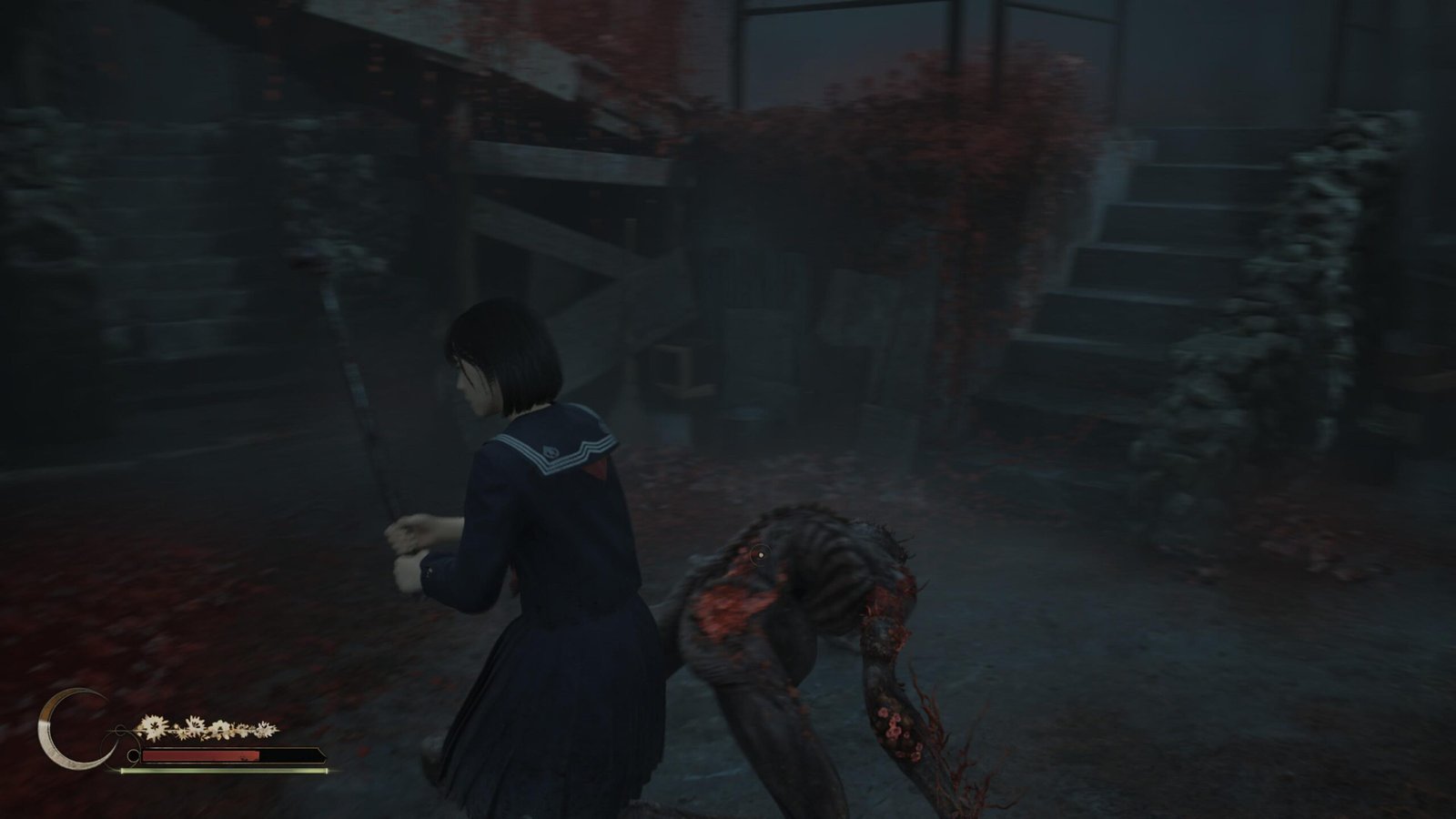
The inventory system compounds the issue. Items don’t stack, and with no storage options, you constantly juggle or drop potentially valuable resources. Survival horror often uses scarcity to build tension, but here it feels like clumsy busywork rather than deliberate design.
Replay value has long been part of Silent Hill, but usually as an option: new endings, unlockables, or narrative wrinkles rewarding curiosity. Silent Hill f makes it mandatory.
Your first run, roughly eight hours, ends with a deliberately incomplete resolution. Only by replaying — with minimal narrative changes save for a few journal entries — can you access the “true” explanations. My second run shaved two hours off thanks to familiarity, but the story still felt like it was stretching thin.
Replayability should feel like discovery; here, it feels like homework.
Beauty Lost in the Fog
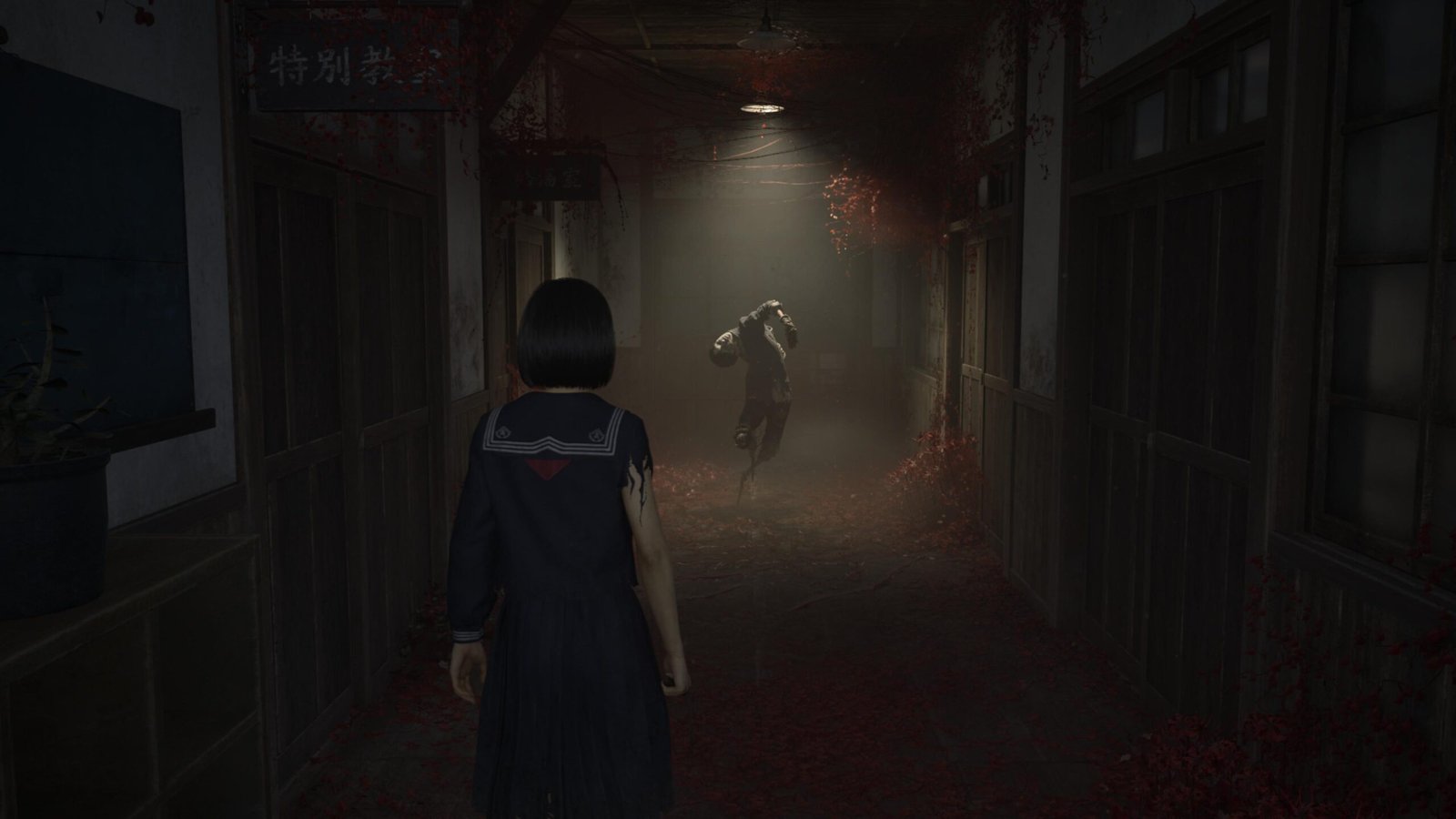
Silent Hill f is a game of contrasts. Its haunting imagery, layered symbolism, and clever puzzles remind me why I love this series. Yet its clunky combat, restrictive inventory, and narrative design undermine those strengths.
At its best, the game evokes unease solely through its atmosphere. At its worst, it feels like a chore to endure. I wanted to fall in love with its bold ideas — but being forced to play through multiple times only magnified the flaws. Veterans will appreciate the ambition and perhaps forgive the rough edges. Casual players, however, may find themselves lost in frustration rather than fear.
Silent Hill f is available on PlayStation 5, Xbox Series X|S, and PC.
SavePoint Score
Summary
While Silent Hill f has an interesting premise and some fun puzzles, the combat and design decisions make actually seeing the story to completion more work than it needs to be.

